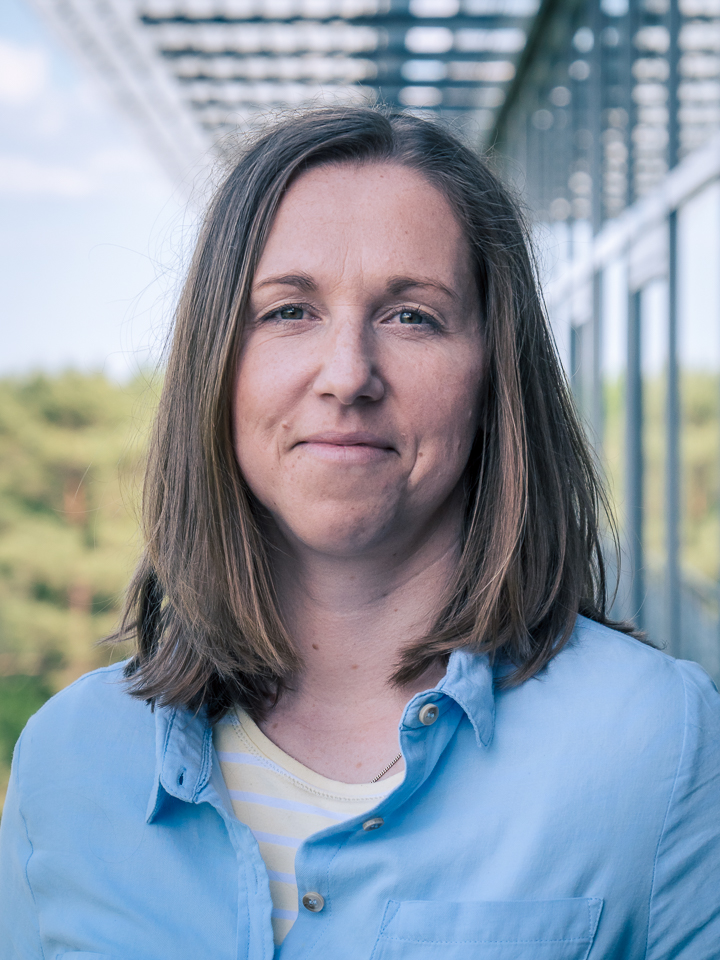Project description
Making the environment audible as an orientation aid for the blind (OIWOB)
OIWOB - Orientate. Inform. Warn. Orientation guide for the blind.
In OIWOB, an assistance system was developed in the form of a prototype that makes objects in the environment hearable. Information about objects in the environment, such as object type, direction, distance and size, was presented to users by clear sounds. In this way, blind and visually disabled people, for example, were to be supported in their recognition of the environment.
Technologically, software was developed that captured the environment via a pair of miniature stereo video cameras built into a pair of glasses. This information was converted into auditory information by a microcomputer and presented through open headphones. The glasses were very light, but at the same time stiff, in order to achieve high quality and stability in the derivation of depth information from the camera pair while maintaining a high level of wearing comfort.
The information about the objects was conveyed as sounds via open headphones. The sounds were clearly recognisable as artificial and could be adapted to the user's earlobe. The open design of the headphones ensured a perfect perception of the natural environmental sounds. Potentially dangerous objects were also warned haptically via a vibrating long stick.
In addition to project coordination, HFC was responsible for user research as part of the user-centred design process. Continuous surveys and investigations with potential users focused on aspects of usability and acceptance. In the early stages, we were able to investigate various questions, such as the uniqueness and comprehensibility of the object sounds, in the specially developed hearing simulator.
The project was conducted between 2012 - 2015 and funded within the framework of the German Federal Ministry of Education and Research funding programme "Innovative Hilfe in der Rehabilitation und für Behinderte" (funding code 13EZ1126A).
Project partners







